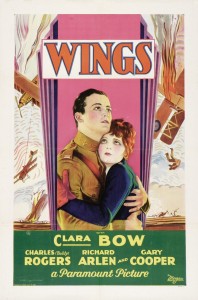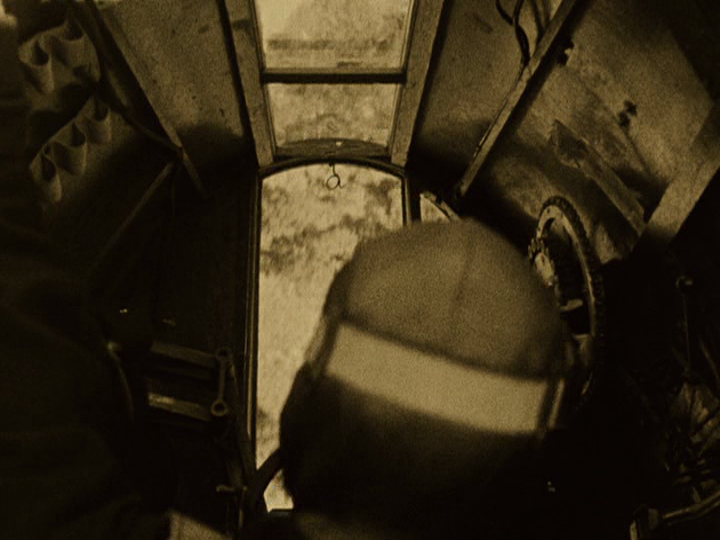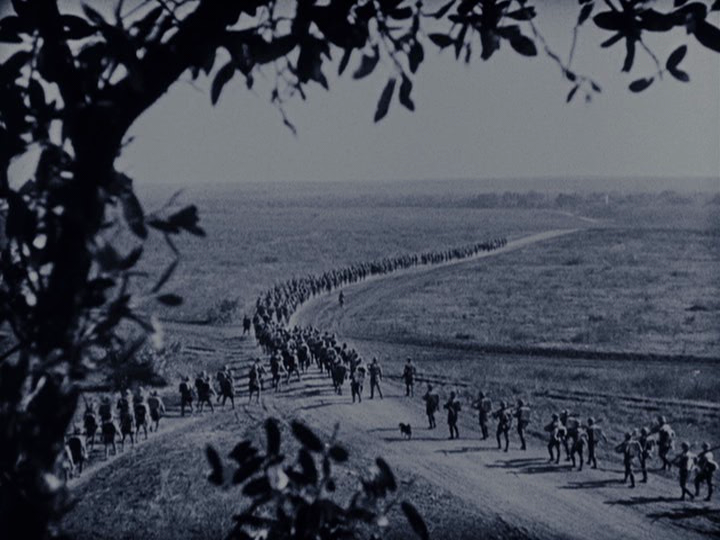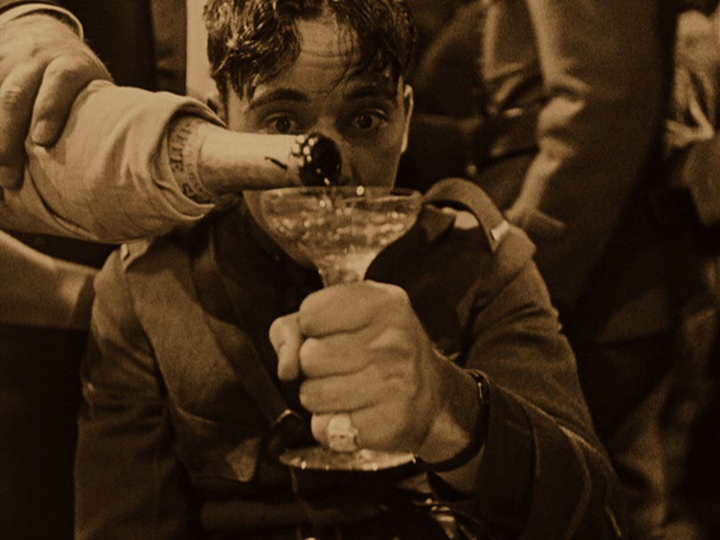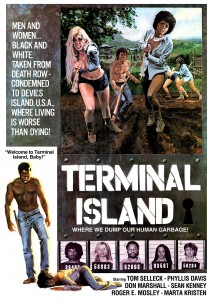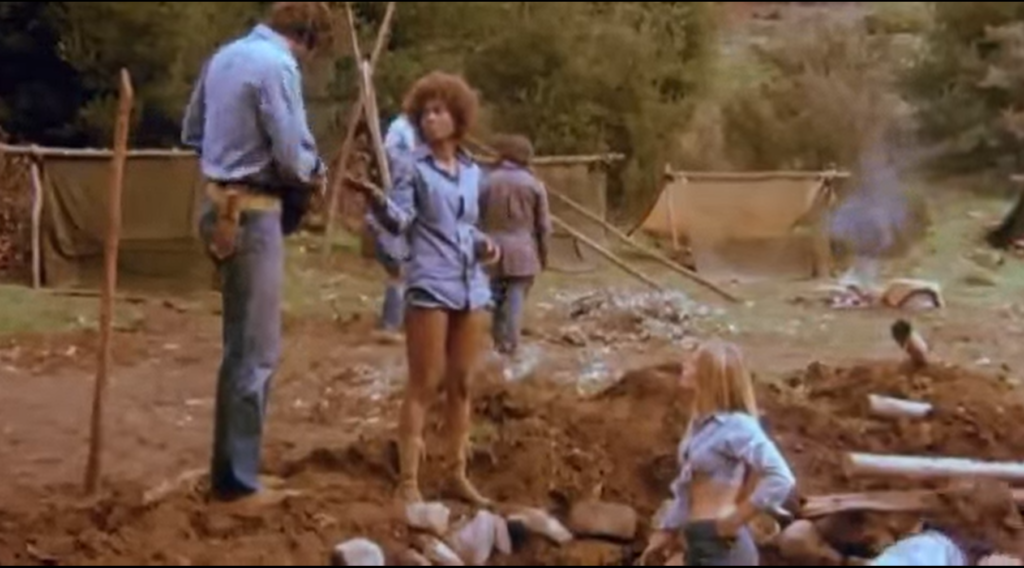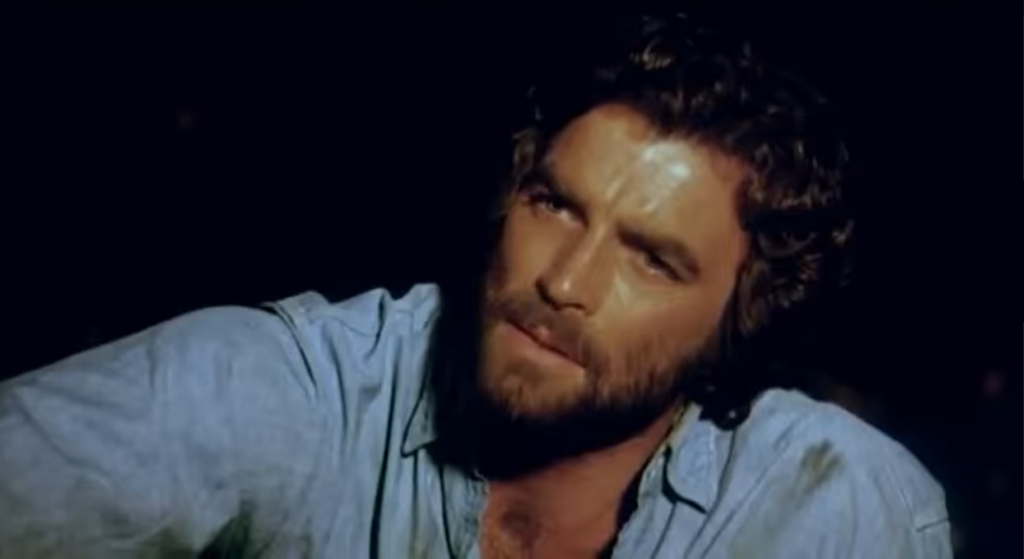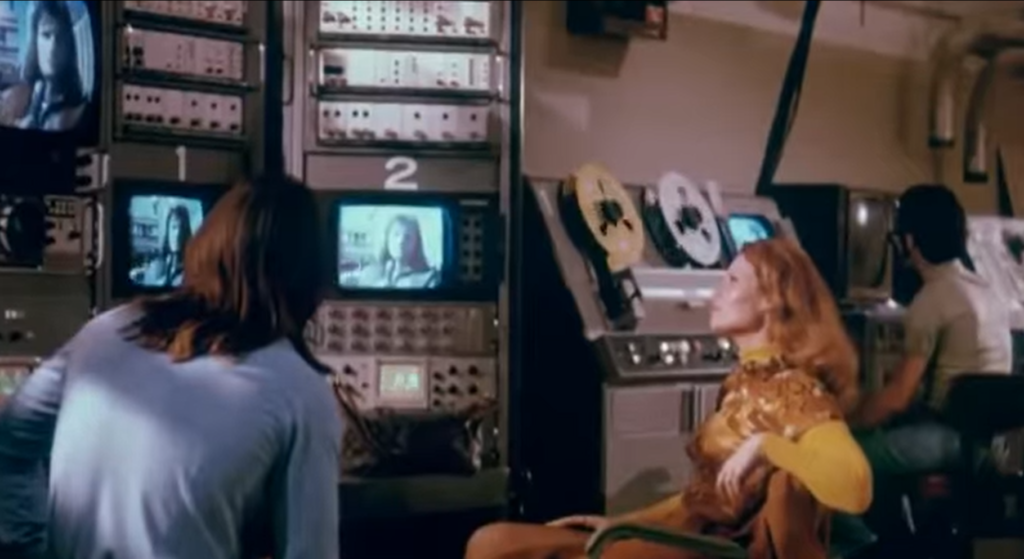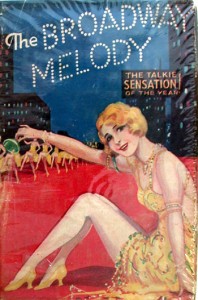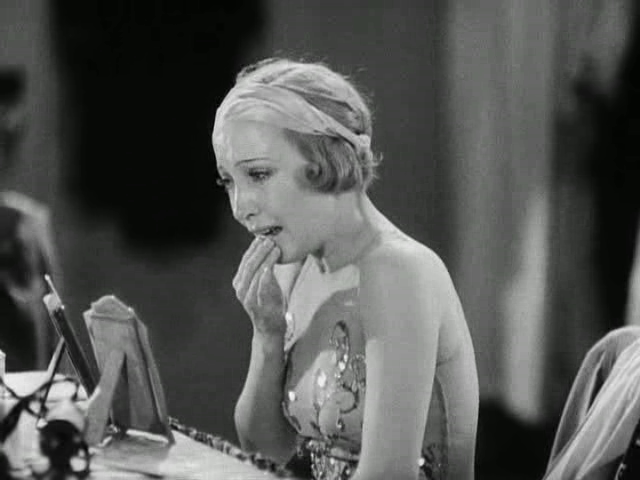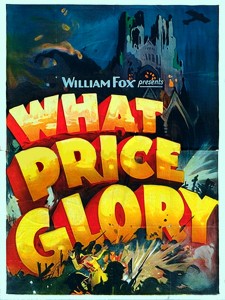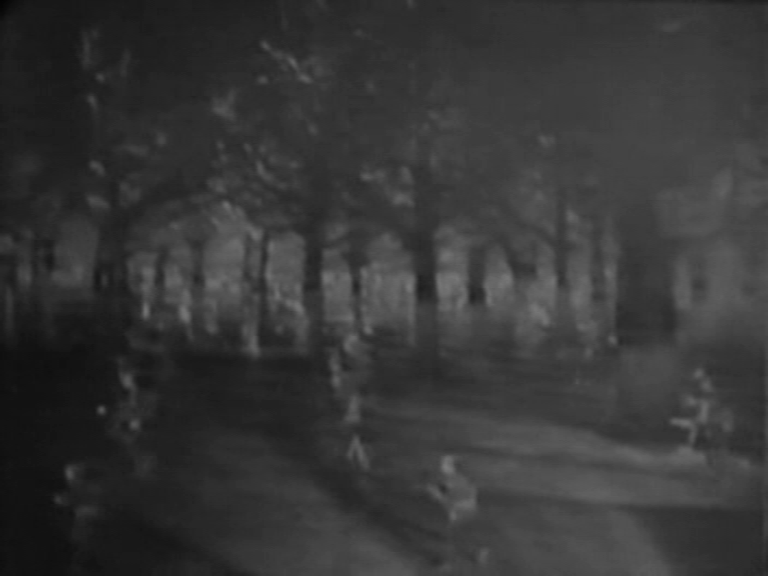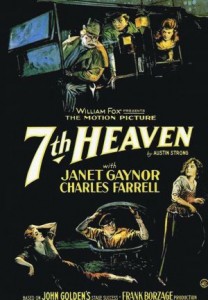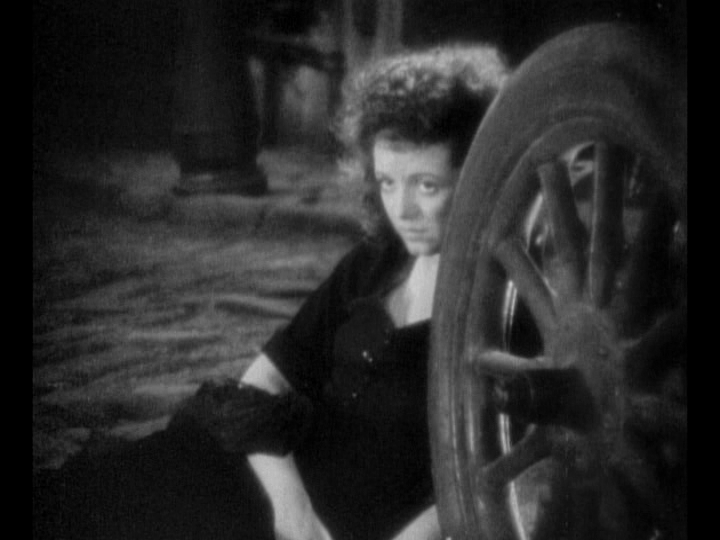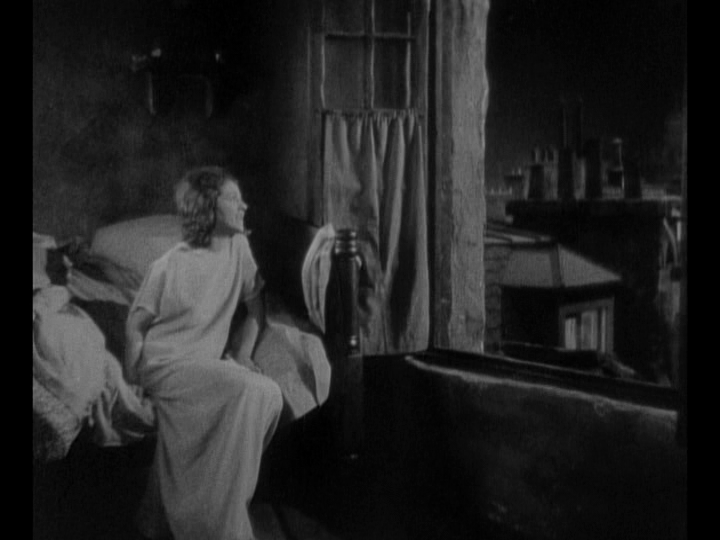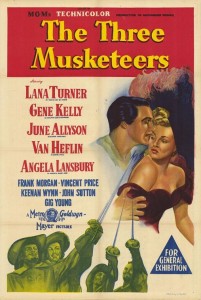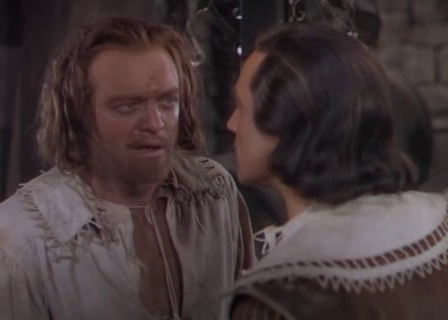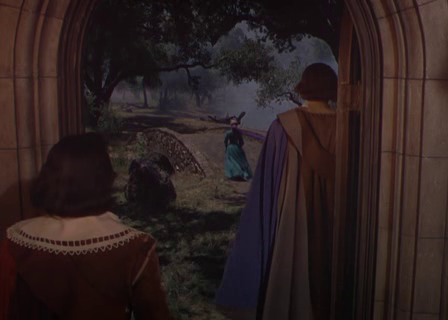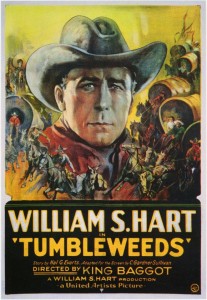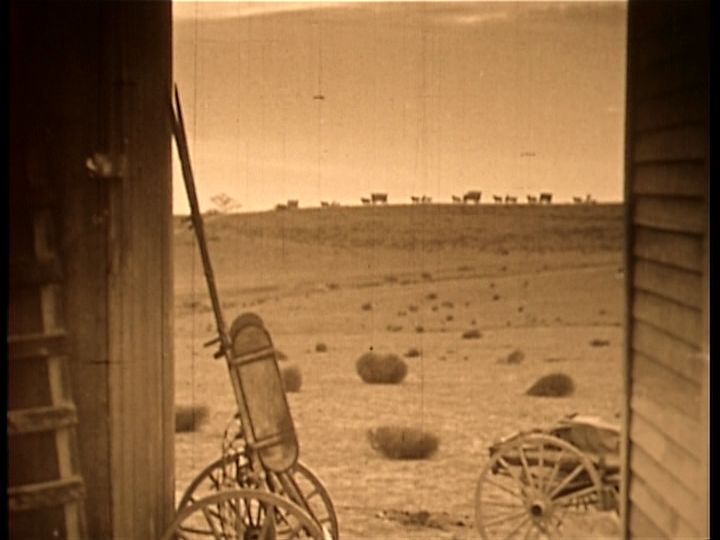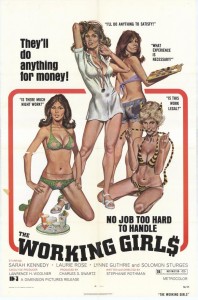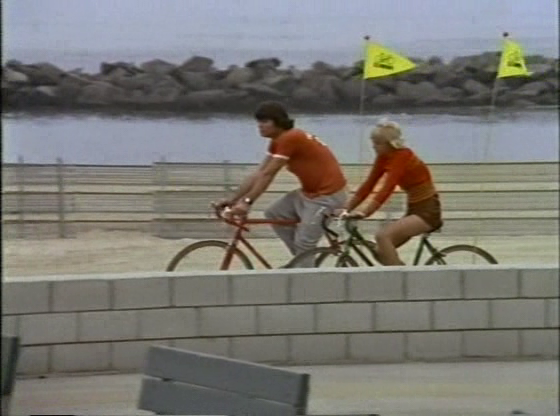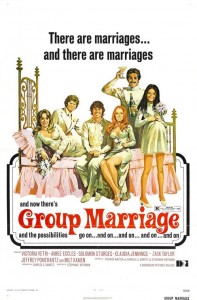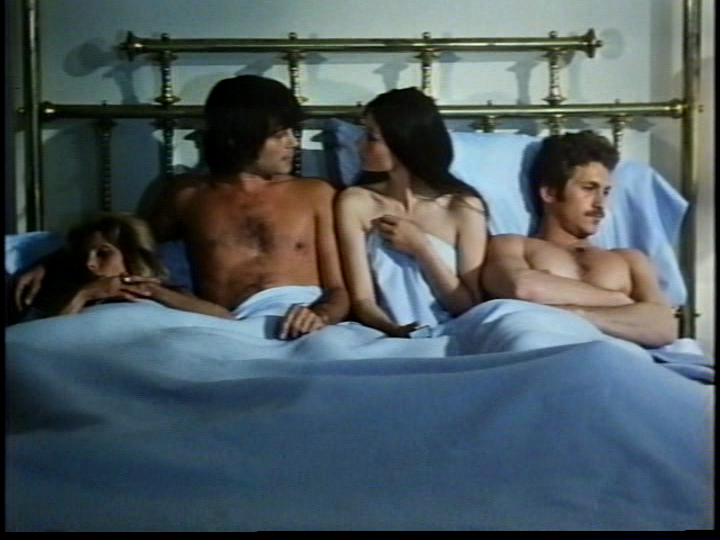|
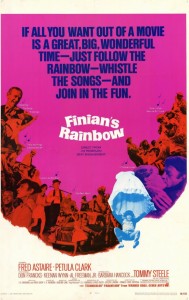
Synopsis:
An Irishman named Finian (Fred Astaire) and his daughter Sharon (Petula Clark) arrive in the American state of “Miltucky” with a pot of gold which Finian has stolen from a leprechaun (Tommy Steele), intending to bury it in the ground and accelerate its growth; meanwhile, a local dreamer (Don Francks) collaborates with a botanist (Al Freeman, Jr.) to create mentholated tobacco, and a bigoted, greedy senator (Keenan Wynn) is turned into a black man while attempting to buy the land where Finian has planted his pot of gold.
|
|
Genres, Themes, Actors, and Directors:
- Fantasy
- Francis Ford Coppola Films
- Fred Astaire Films
- Keenan Wynn Films
- Leprechauns
- Musicals
- Racism
Review:
Early in his career, Francis Ford Coppola directed this adaptation of a popular Broadway musical (first produced in 1947, and revived in 2009) featuring an unusual mixture of light-hearted fantasy and some fairly trenchant social justice concerns — including racial bigotry, poverty, and political corruption. Indeed, these “hot button” topics apparently prevented the musical from being turned into a film for many years, until the social climate of the ’60s finally allowed for such concerns to be satirized head-on. The end result is a sporadically entertaining but ultimately uneven and over-long musical which tries to incorporate too many narrative strands, and never really reconciles its multiple foci. For instance, there’s a clever subplot in which Clark accidentally wishes Wynn (whose character is based on this real-life politician) could experience life as a black man, and the wish is made manifest — but we don’t see enough of how this impacts Wynn’s world-view; his storyline is treated on merely a surface level, and only occasionally makes an appearance in the remainder of the narrative. Freeman is hilarious in an early key scene as he kowtows to his new employer (Wynn), emulating the type of slow-moving black man Wynn assumes he should be — but this, too, goes no further than a single interaction. Meanwhile, a mute character named Susan the Silent (played by ballerina Barbara Hancock) flits throughout the proceedings, and eventually plays an important role in the denouement, but remains a cypher in every other way.
The performances are a mixed bag as well: it’s always a treat to see Astaire dancing on screen (he’s still sprightly at the age of 69), and he’s nicely cast here as the mischievous Finian; but Steele is ultimately overbearing as Og the Leprechaun (he’ll get on your nerves), and Clark’s primary selling point is her incomparable voice. She seems a bit old for the part, and doesn’t project quite enough charisma for such a central role; compare her performance with that of Janet Munro in Darby O’Gill and the Little People (1959) for an effective study in contrasts. The musical score is a winner (you’re guaranteed to be humming the theme song — “Look to the Rainbow” — for days after the film is over), and Coppola does a nice job bringing at least some of the action and dancing to real-life settings (as during the opening sequences, filmed in Napa Valley). But this one ultimately isn’t successful enough to recommend as must-see to anyone but diehard musical fans.
Redeeming Qualities and Moments:
- Astaire and Clark dancing to “Look to the Rainbow”
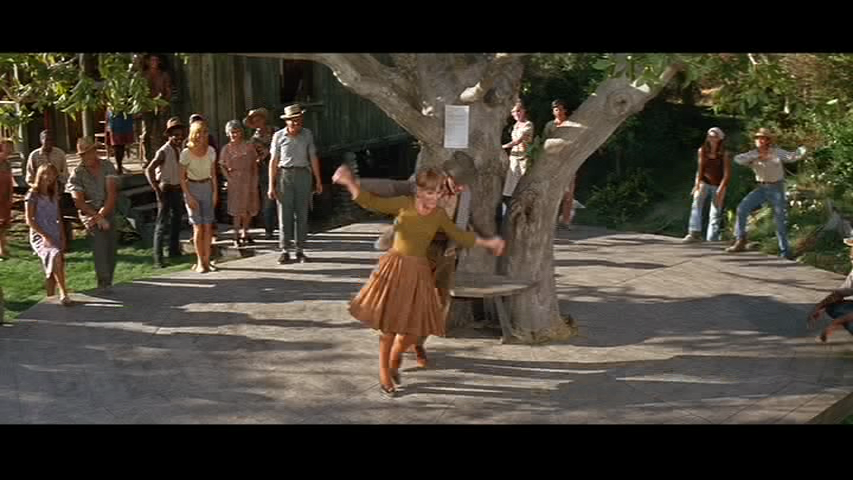
- Al Freeman, Jr. as Howard
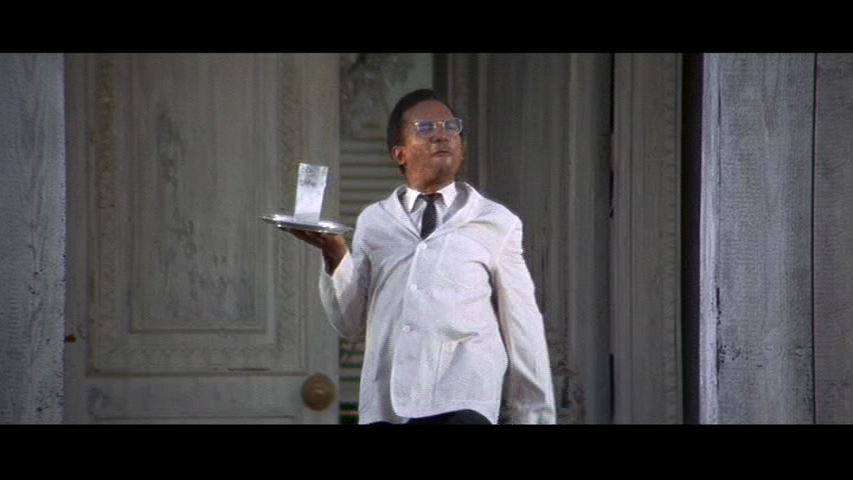
- Fine Technicolor cinematography
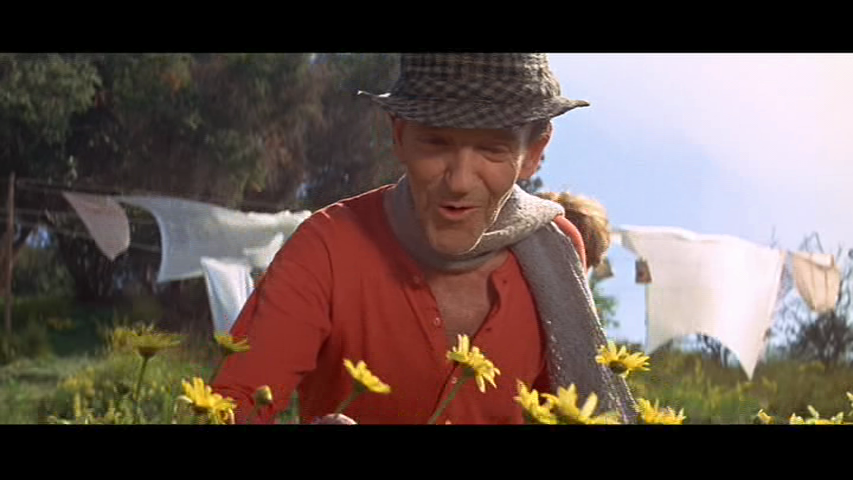
- Burton Lane and E.Y. Harburg’s score
Must See?
No, though it’s recommended for one-time viewing.
Links:
|




